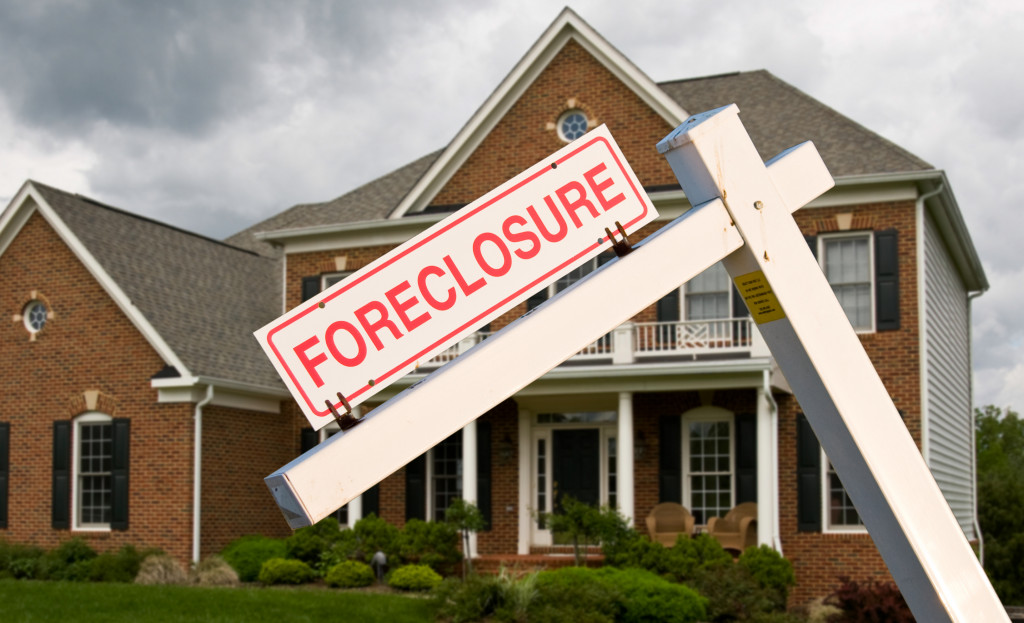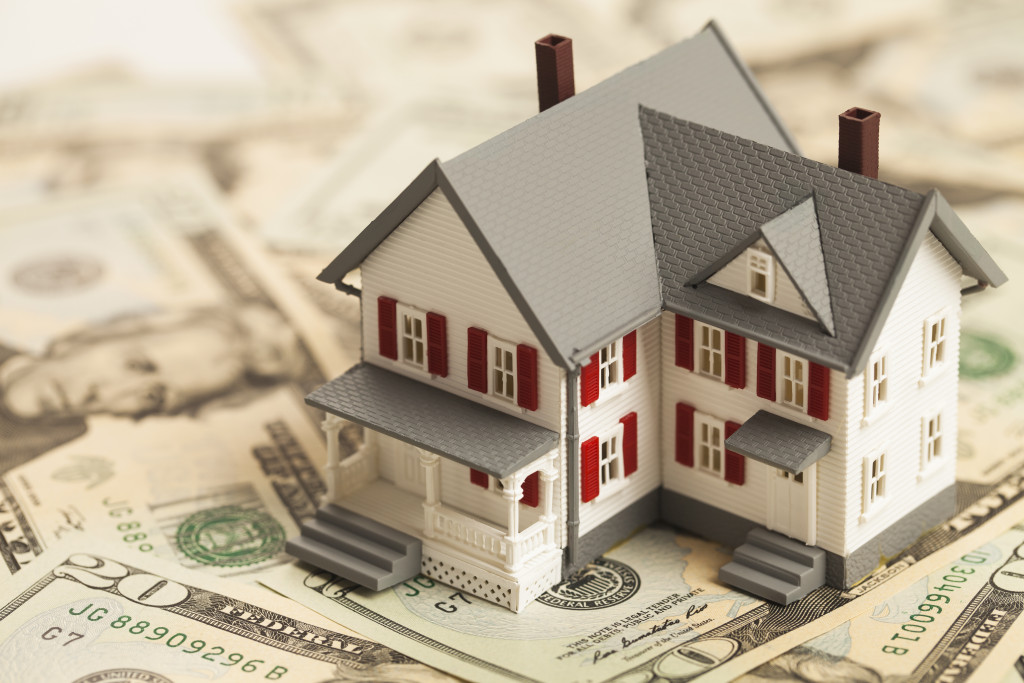It’s no secret that the real estate market has been on a roller coaster ride over the past few years. After reaching record highs in 2019, prices began to cool off in 2020 as the pandemic set in. 2022 so far has been full of uncertainty, and there is a lot more of that in the future. Will prices continue to drop? Will there be another downturn? Here’s a look at some of the trends that experts are predicting for the real estate market in 2023.
Predicted Trends for 2023
According to Goldman Sachs strategists, there will be a decrease in prices in about 40% of metropolitan areas. According to another economist, prices may drop by as much as 20% for the spring and summer of 2023. While this is great for prospective buyers, this good news comes at the economy’s expense, as this is a sign that the economy is slowing down. Jan Hatzius, a strategist for Goldman Sachs, even wrote in a memo to clients that he expects home price growth to stall at a cool 0%, while there are also reports of it having a slow-but-steady increase at a rate of 1.8%.
There will also be an increase in foreclosures and distressed sales. The same prediction by Goldman Sachs states that sales will decrease by 8% more, which in turn will make sellers more desperate. However, as home inventory is still very low, chief economist Ian Sheperdson of Pantheon Macroeconomics says there will likely be no dramatic collapse. The increased interest rates will also lead to foreclosures; there was a housing rush after the pandemic ushered in low-interest loans and forced companies to allow work-from-home arrangements. This frenzy died down in June when mortgage rates rose; according to mortgage giant Freddie Mac, the average mortgage rate earlier in September was 5.66%, but it has since jumped up to 6.29% by the end of the month. Nevertheless, they predict it will even out to an annual average of 5.0%, and Goldman Sachs predicts rates will end the year at 5.5%. At present, homebuyers may be unwilling to shoulder soaring interest rates, especially after the Federal Reserve warned investors about interest rising to combat inflation. The war against inflation has now pushed house prices to their highest point within 30 years.
With house prices disproportionately higher than average wages, there will be more renters than ever before. The American dream may be having your house, but in this economy, it is nothing more but a pipe dream. There will also likely be an increase in the supply of homes on the market, which is a welcome reprieve after a long spell of tight inventory.

What Does This Mean for Homeowners, Home Buyers, and Investors?
For homeowners who are thinking of selling, it may be a good idea to wait a year or two until the market stabilizes. That way, you can get the price you want for it. In addition, predictions of a downturn also mean that you should hold onto your cards; if the market takes a downturn after you sell your home, you could lose money on the sale. Finally, if interest rates rise during or after the sale, you could end up owing more money on your mortgage than you expected.
If you’re considering buying a home, you may be able to get a good deal if you’re willing to wait for prices to bottom out. There is still a lot of uncertainty as many factors are at play; there is low inventory and increasing interest rates, and while home prices are still rising at a slow-and-steady rate, they are at least not rising up fast enough to make you feel like you need to get in immediately. For the people living in 60% of metropolitan areas unaffected by price reduction, renting may still be better than taking out massive loans.
If you’re an investor, now may be a good time to buy distressed properties at below-market prices. Despite low inventory, having more properties at your disposal allows you to control a microcosm of the market supply, and their value will still grow at a steady pace.
Conclusion
2023 is shaping up to be quite a year for the real estate market — full of uncertainty, but interesting nonetheless. Prices are predicted to continue their downward trend, with more foreclosures and distressed sales on the horizon. This could be bad news for homeowners and sellers, but it could be an opportunity for buyers and investors who are willing to wait for prices to bottom out. With how unpredictable the market is, only time will tell how these trends will play out, so stay tuned!

